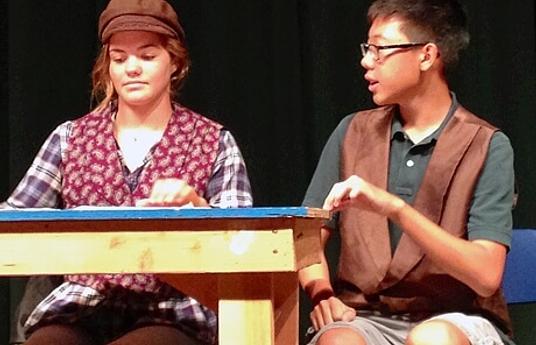Today, schools face a challenge: teaching more cross-curricular modules and phenomena and posing students questions without clear answers. We must answer this challenge with practical tools and facilities supporting creative instruction that motivates students to participate.
Maker culture highlights collaboration and learning by experimenting. It mixes practice and theory to produce playful and curiosity-inducing ways to study the variety of phenomena in the world.
Mutku Maker Space at Arabia comprehensive school in Helsinki expands the traditional technology-based maker culture to include traditional craftsmanship as well as creative problem-solving and learning about the design process. The spirit of experimentation allows children to learn from their mistakes together and have successes as well as eureka moments.
Mutku Maker Space is a creative lab and a teaching space built inside the school. There children learn about design and the different steps of the design process by doing. This space for creative learning allows students to innovate at their own skill level and solve challenges that they face everyday.
The space is especially suited to kickstart a creative process and move through it step by step. First, observing it, brainstorming and experimenting, and finally sharing the idea and developing it further. The students can work on their projects during other lessons and in other spaces at school, as well.
Mutku Maker Space is built to fit the resources available in the school through workshops and participation from the whole school. This allows every creative learning lab to be unique and fit the school.


